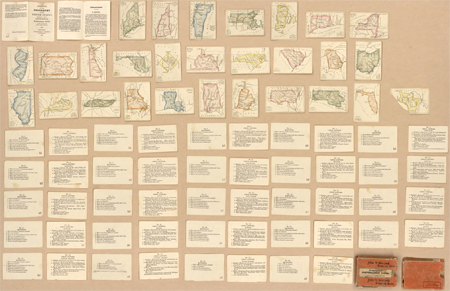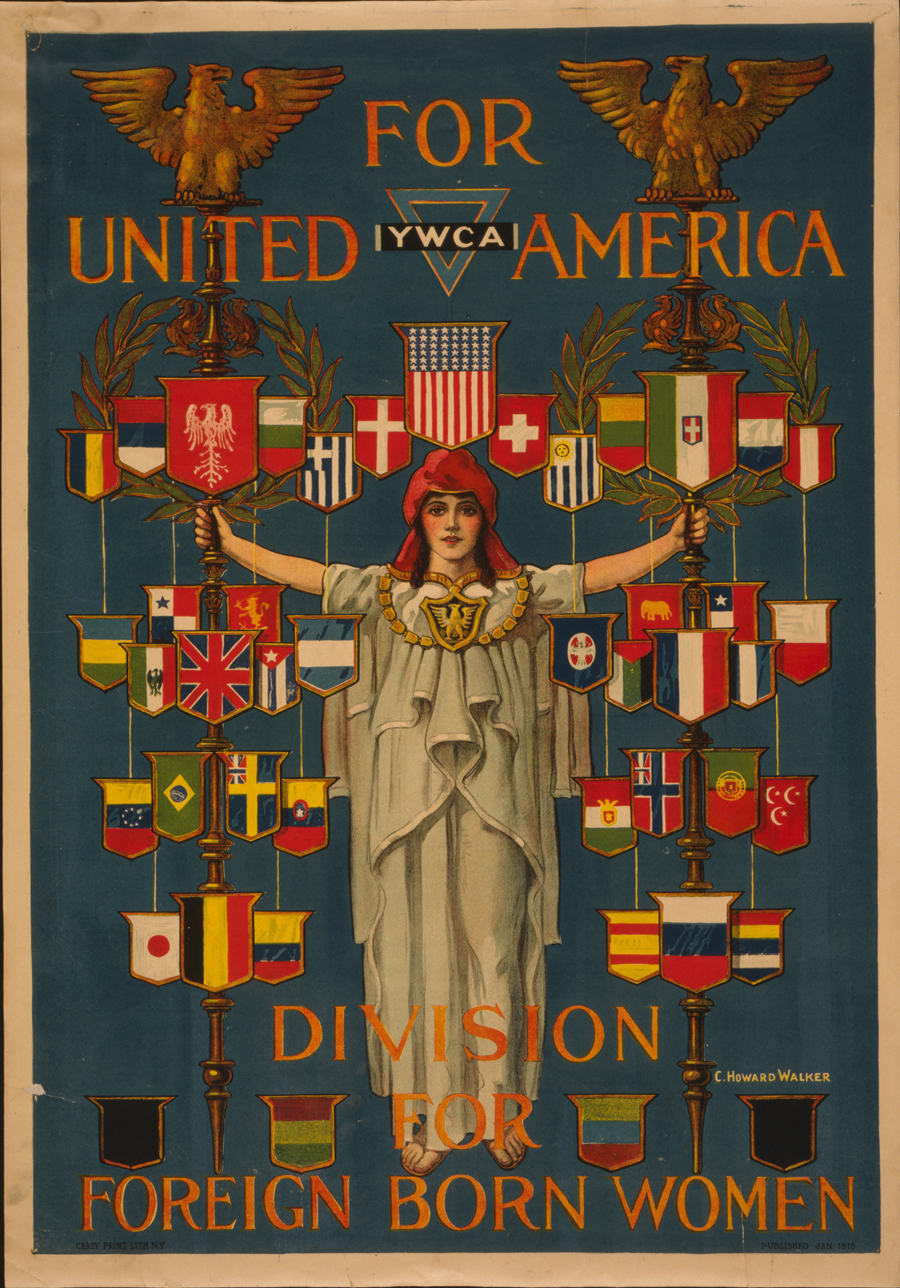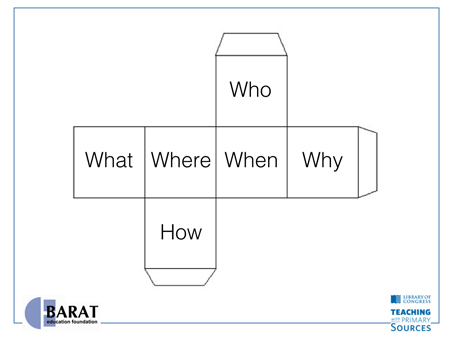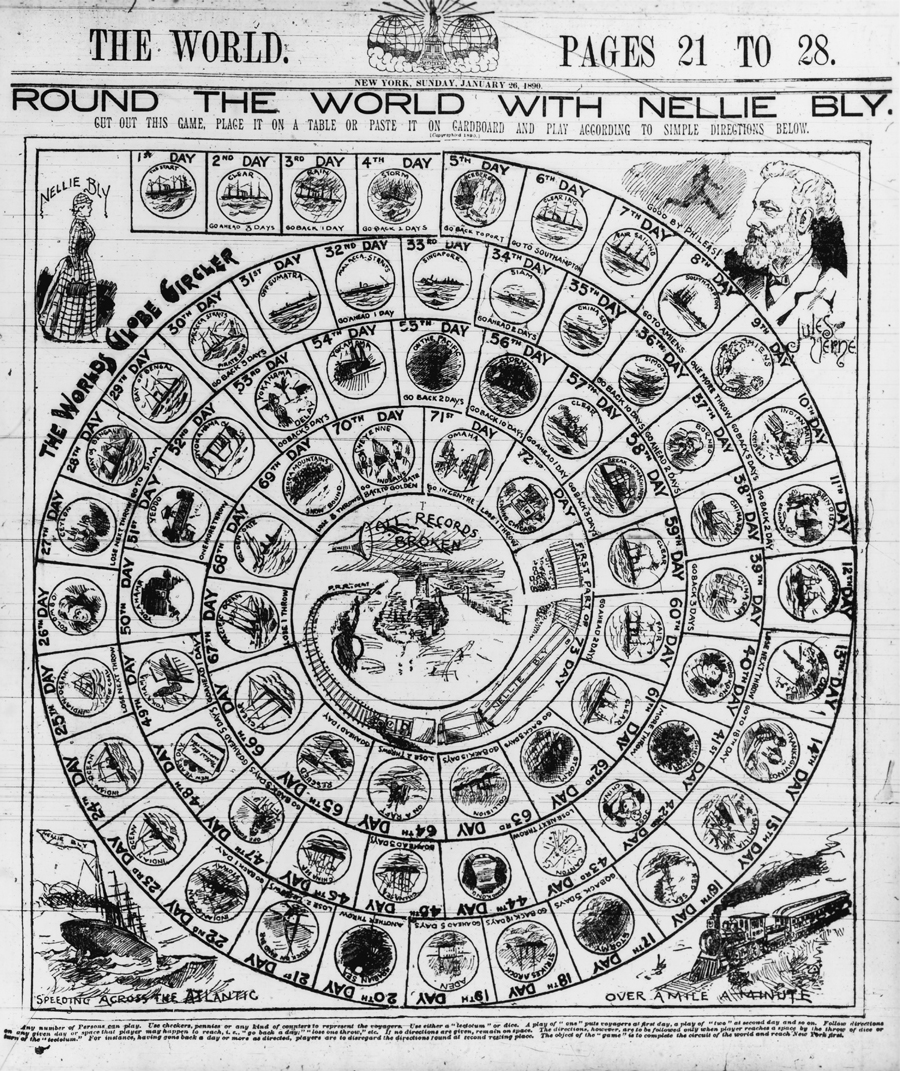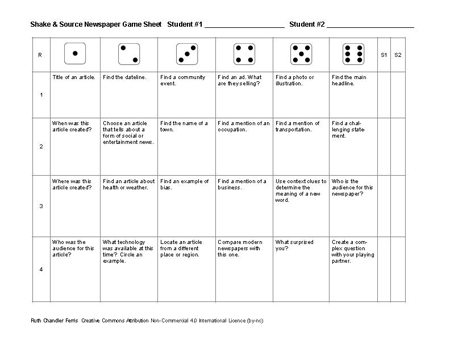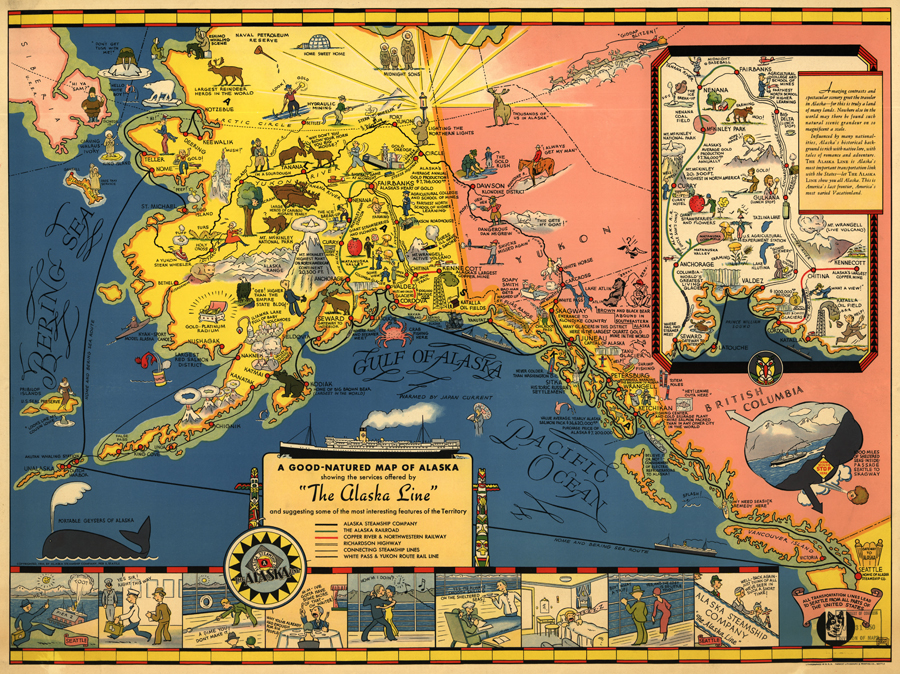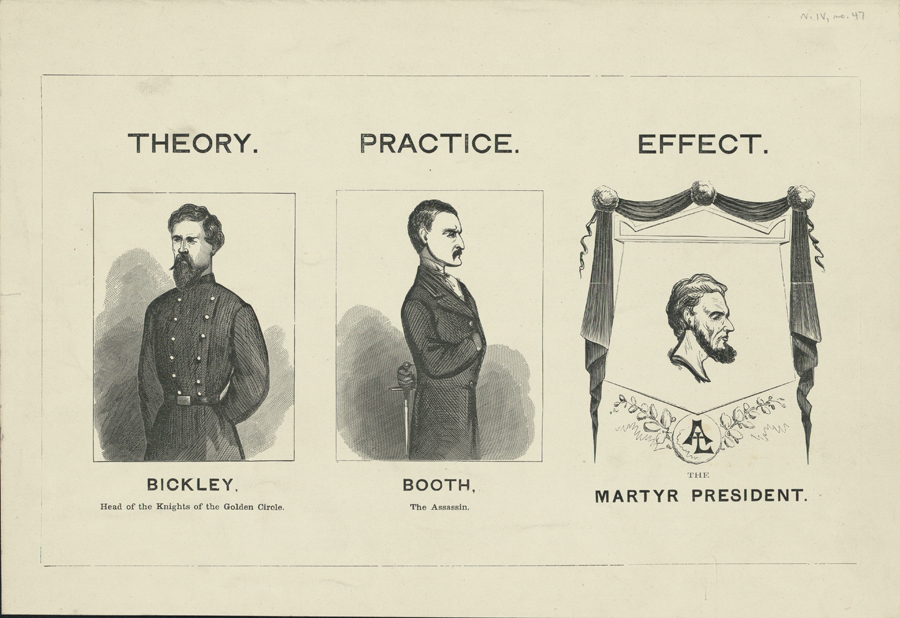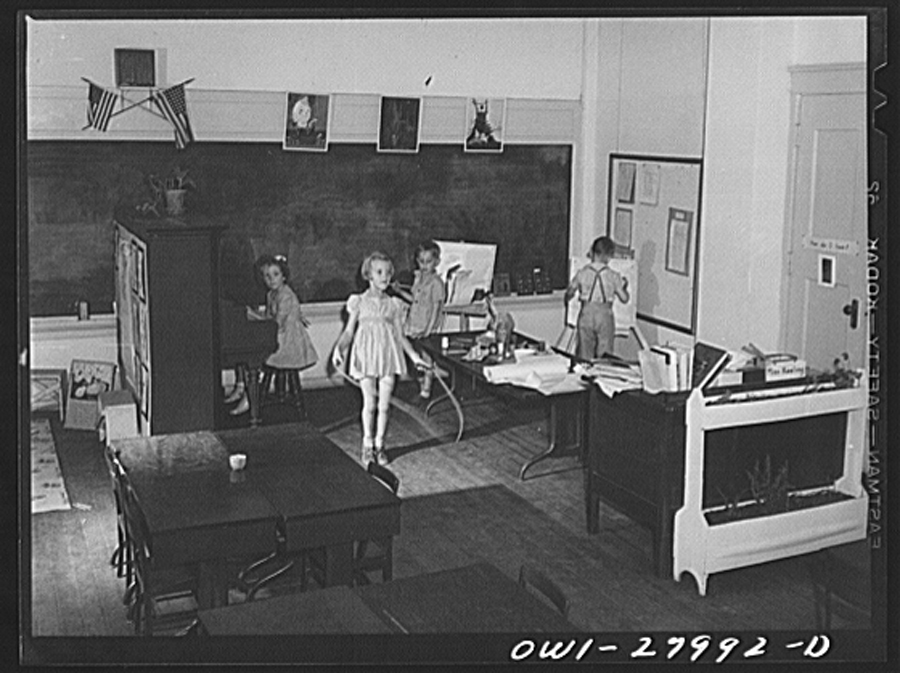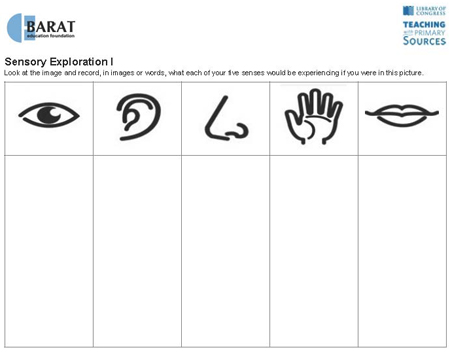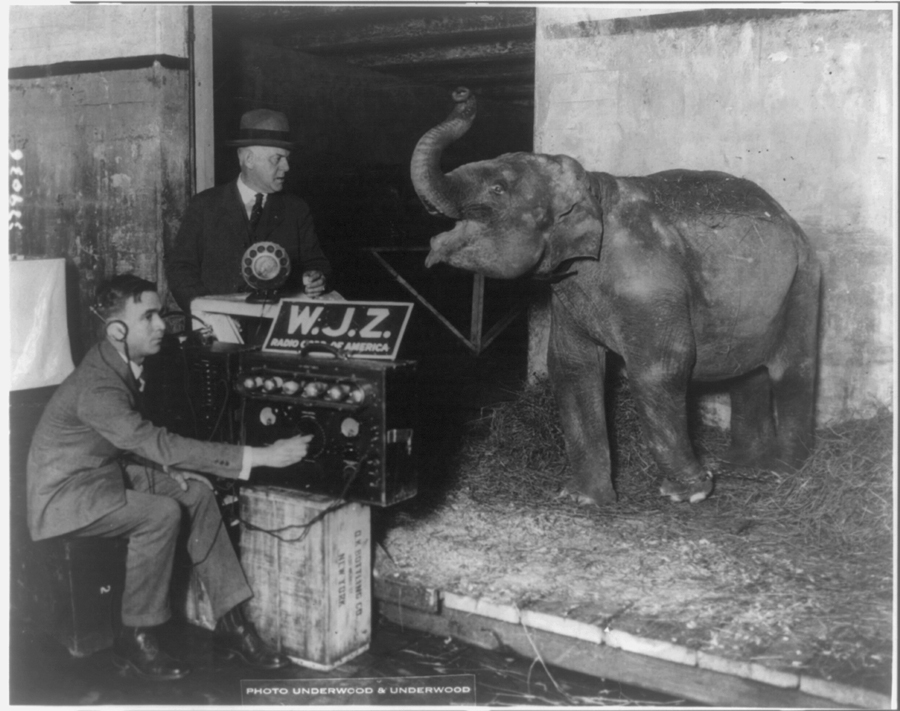Learning from the Source: Geographical Conversation Cards
Use these geographical conversation cards to learn about the geographical history of the United States as well as learn state facts. Lesson prep 1. Print out and cut up state cards and the Question and Answer cards. 2. Separate these into 5 groups of state cards and their accompanying Q&A cards. Because there are missing cards…

